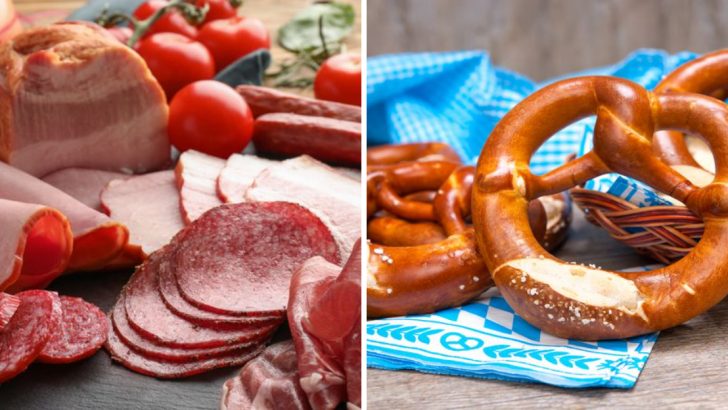Breakfast in Germany isn’t just a meal—it’s a whole spread. Picture crusty rolls piled high with cheese and cold cuts, bowls of creamy yogurt with muesli, and just enough jam to make every bite feel like a small celebration.
Between strong coffee, soft-boiled eggs, and the occasional soft pretzel, mornings here are all about variety and flavor. This is what mornings look like when bread is taken seriously.
1. Baked Goods
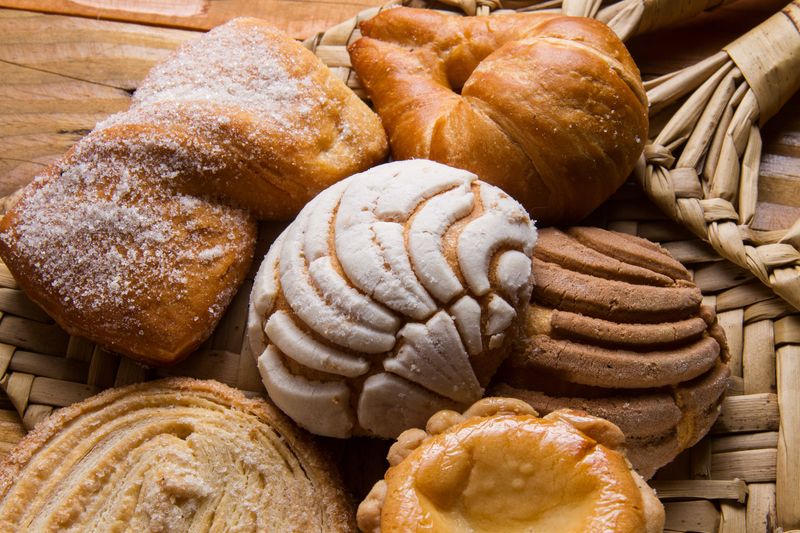
Crispy on the outside, fluffy on the inside—these little bread rolls are the backbone of German breakfast culture! Fresh from the bakery each morning, Brötchen (literally “little breads”) come in dozens of varieties including poppy seed, sesame, whole grain, and plain white.
Germans wouldn’t dream of starting their day without these warm bundles of joy. Unlike American breakfast pastries, these aren’t sweet treats but versatile vessels for whatever toppings you desire.
2. Marmelade
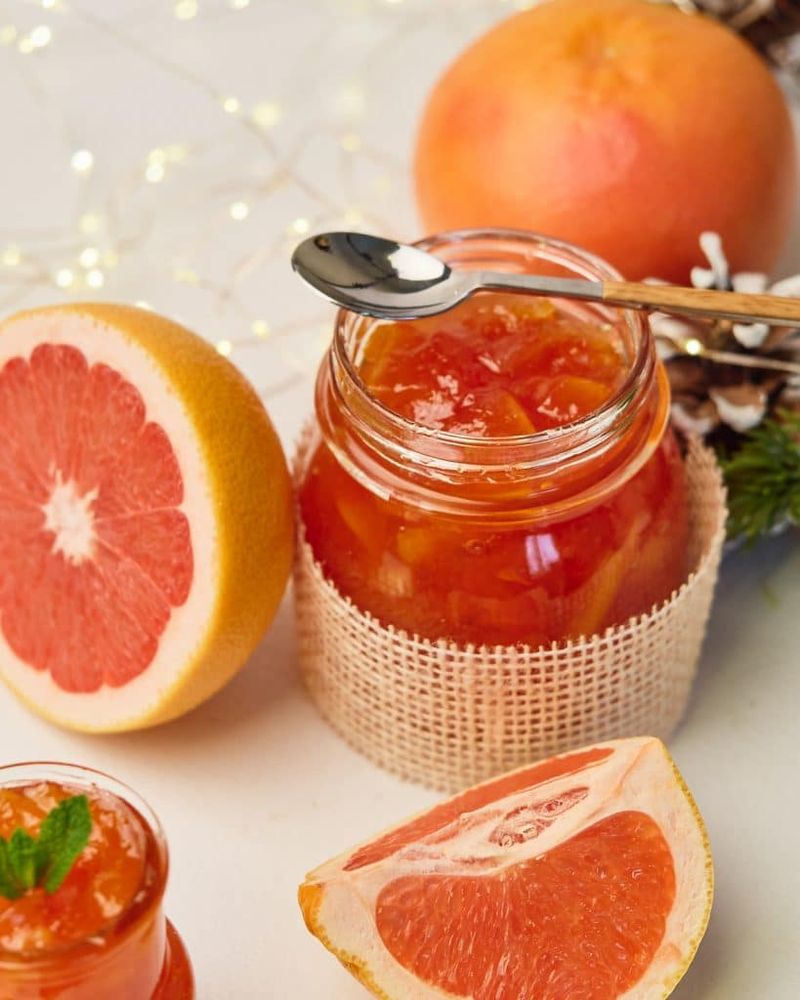
Forget boring grape jelly! German marmelade transforms breakfast with intense fruit flavors that put mass-produced spreads to shame. Strawberry, cherry, and plum varieties reign supreme, but forest berries like blackberry and raspberry make frequent appearances too.
Homemade versions often come from family recipes passed down through generations. The texture strikes the perfect balance—not too runny, not too firm—with visible fruit pieces suspended throughout.
3. Butter
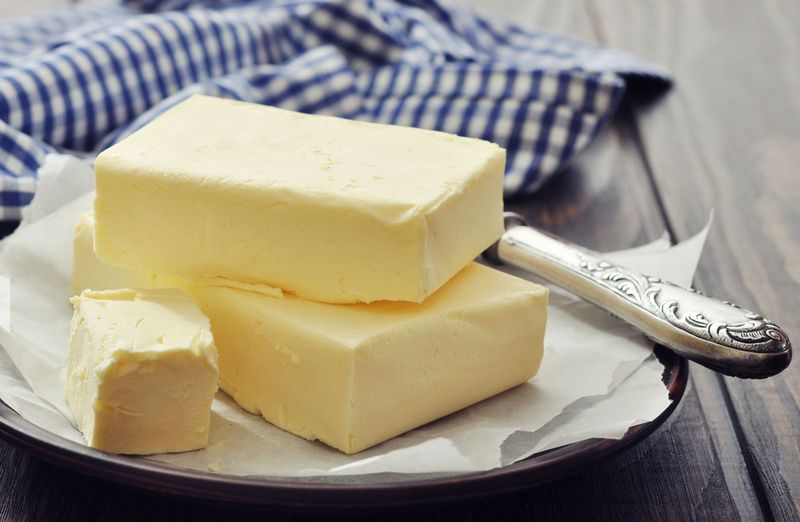
German butter deserves its own spotlight—creamier, richer, and more flavorful than what you’ll find in many other countries! Slathered generously on fresh Brötchen, this golden delight serves as the perfect foundation for other toppings or stands magnificently on its own.
Germans take their butter quality seriously. Many regions produce local varieties with distinct flavors depending on the cows’ diets and local pasture conditions. You’ll often find it served in decorative butter dishes, sometimes shaped into pretty curls or adorned with herbs.
4. Honey
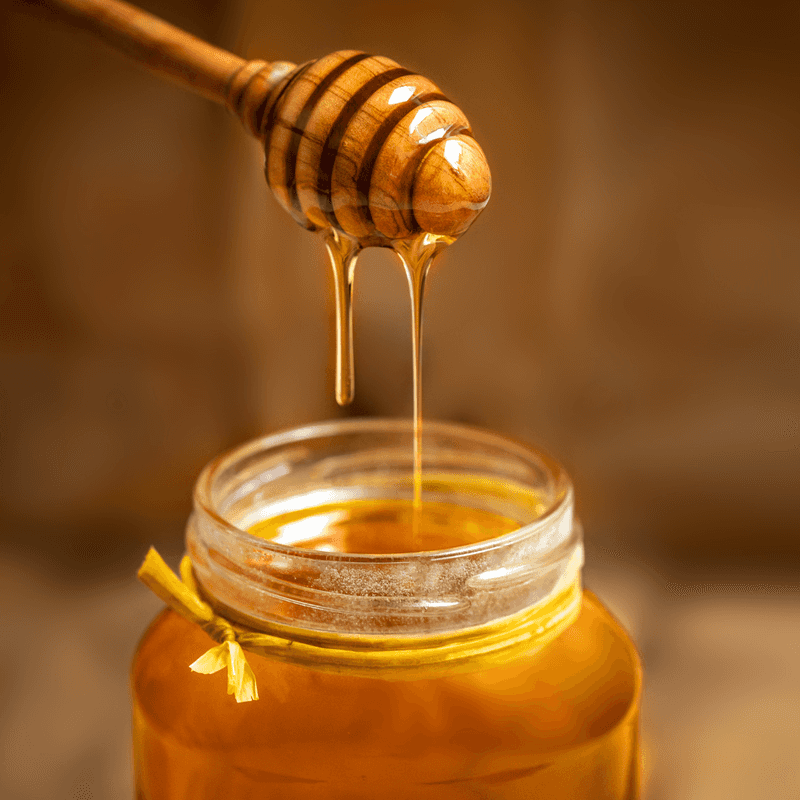
Sweet, sticky, and absolutely divine—German honey elevates breakfast to a whole new level! Unlike the uniform varieties found in plastic bears at supermarkets, German honig comes in countless varieties based on the flowers the bees visited.
Acacia honey with its pale color and delicate flavor is popular, while darker forest honey offers robust, almost caramel-like notes. Many Germans purchase directly from local beekeepers at farmers’ markets, supporting sustainable practices.
5. Cold Cuts
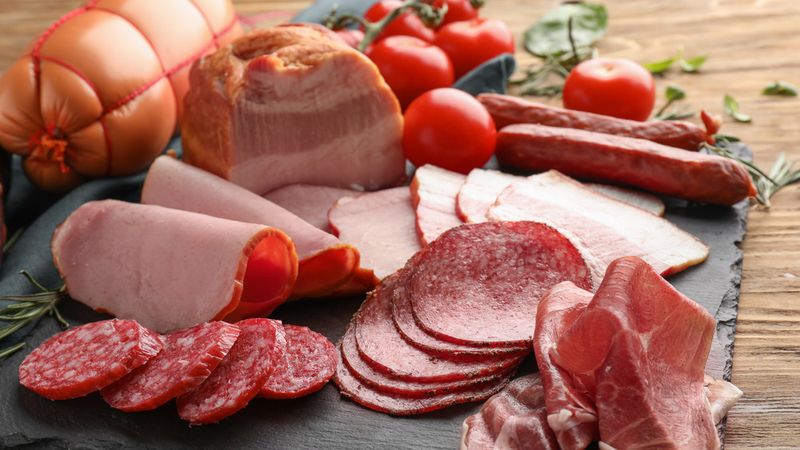
Carnivores rejoice! German breakfast tables wouldn’t be complete without an impressive array of thinly sliced cold cuts. The selection typically includes Bierschinken (beer ham), Jagdwurst (hunter’s sausage), Leberwurst (liver sausage), and Fleischkäse.
Arranged in neat, overlapping rows on a special plate called a Frühstücksbrett, these protein-packed delicacies are meant to be placed atop buttered bread. Regional specialties abound—what you’ll find in Bavaria differs significantly from northern German offerings.
6. Cheese
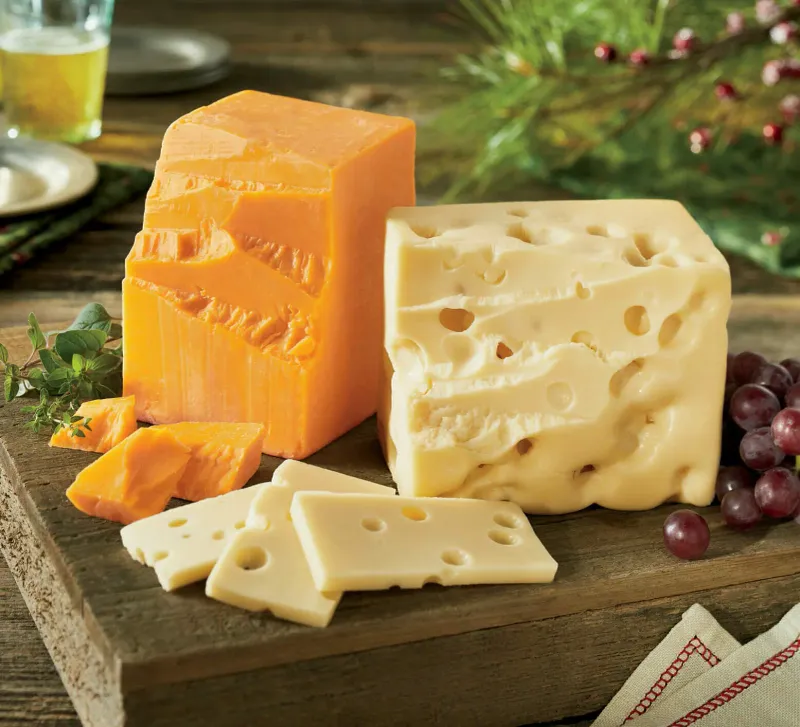
Holy cow! German breakfast cheese plates will make you question why you ever settled for processed cheese slices. From mild Butterkäse to pungent Limburger, the variety is staggering and always served at room temperature for maximum flavor.
Yellow Gouda, creamy Camembert, and nutty Emmentaler frequently make appearances, often arranged in a decorative fan pattern. Unlike dinner cheese plates, breakfast varieties tend toward the milder end of the spectrum, though there’s always something for bold palates too.
7. Hard-Boiled Eggs
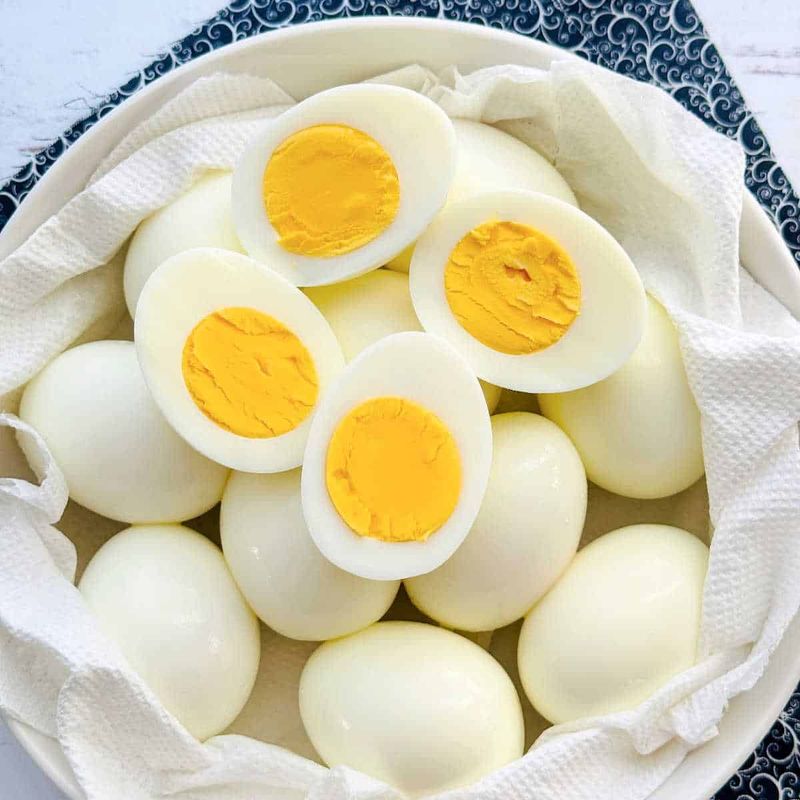
Crack, peel, sprinkle, devour! Hard-boiled eggs might seem basic, but Germans elevate this protein powerhouse with special serving traditions. Presented in adorable egg cups that hold them upright, these eggs are often topped with a sprinkle of salt or herbs.
The perfect cooking time is a matter of fierce debate. Most prefer them medium-boiled with firm whites and slightly jammy yolks—typically 6-8 minutes of cooking time.
8. Musli

Forget those sugary boxed cereals! German müsli—the original superfood breakfast—combines raw rolled oats, nuts, seeds, and dried fruits into a nutritional powerhouse that puts modern health trends to shame.
Unlike granola, traditional müsli isn’t baked with sweeteners. It’s typically soaked overnight in milk, yogurt, or fruit juice to soften the raw oats. Modern variations might include chocolate chips, coconut flakes, or exotic dried fruits like goji berries.
9. Haferbrei

Move over instant oatmeal packets! German Haferbrei transforms humble oats into a creamy, soul-warming breakfast that sticks to your ribs through frosty mornings. Unlike its drier müsli cousin, Haferbrei is cooked slowly until it reaches pudding-like perfection.
Traditional recipes call for cooking oats in milk rather than water, creating richness you can’t achieve with quickie microwave versions. Toppings vary by region and season—apple compote and cinnamon in autumn, fresh berries in summer, or a simple sprinkle of brown sugar and butter year-round.
10. Quark
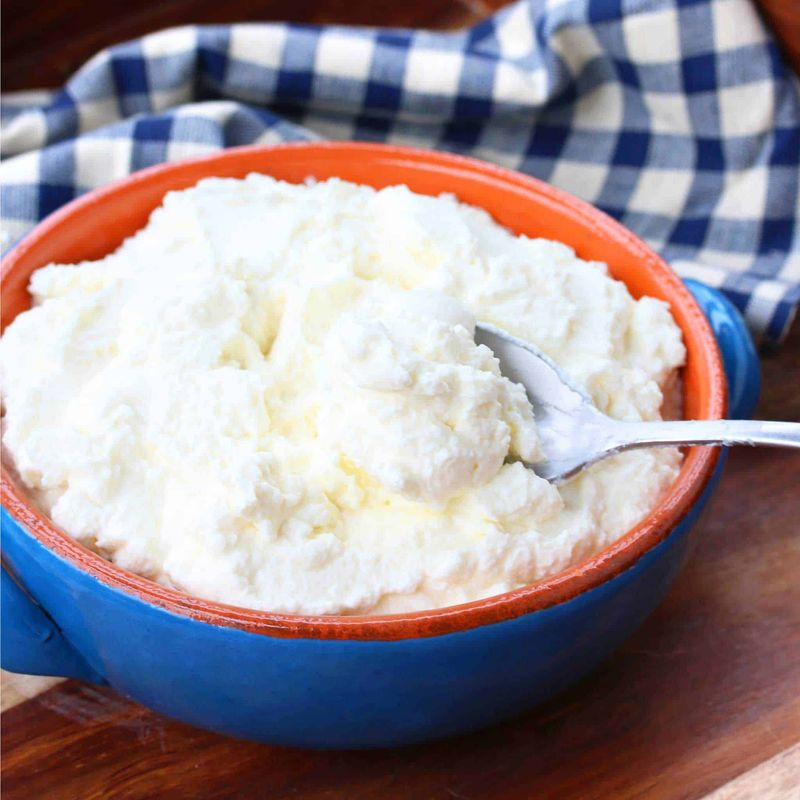
Neither yogurt nor cottage cheese, quark stands in a delicious category all its own! This creamy fresh dairy product has been a German breakfast staple for centuries, offering protein without the tanginess of yogurt or the graininess of cottage cheese.
Available in varying fat contents from practically zero to luxuriously rich, quark serves as a blank canvas for morning creativity. Sweet versions might feature honey and fresh fruits, while savory preparations include herbs, salt, and pepper—sometimes spread on bread like cream cheese.
11. Yogurt

Tangy, creamy, and worlds apart from mass-produced varieties—German yogurt deserves its own spotlight at the breakfast table! Typically less sweet and more robustly flavored than American counterparts, it comes in glass jars rather than plastic tubs for environmental consciousness and better taste.
Many Germans prefer plain yogurt they customize themselves with fresh fruits, honey, or homemade preserves. Regional specialties include Landjoghurt (country yogurt) with its distinctive rich texture and slightly higher fat content that makes it utterly satisfying.
12. Fresh Fruit

Apples sliced with mathematical precision. Perfectly peeled kiwis arranged in geometric patterns. Germans approach fresh fruit at breakfast with characteristic attention to detail and presentation!
Seasonal offerings reign supreme—strawberries and cherries in summer, apples and pears in fall, oranges and tangerines in winter. Unlike grab-and-go American breakfasts, Germans take time to properly prepare fruit: peeled, sliced, and artfully arranged on special fruit plates or in fruit bowls.
13. Cucumber Slices

Vegetables for breakfast? Absolutely! Crisp cucumber slices and juicy tomato wedges regularly grace German morning tables, providing fresh contrast to heartier fare. Typically arranged on small plates or special vegetable platters, these breakfast vegetables aren’t afterthoughts but essential components.
Tomatoes might be sprinkled with a pinch of salt or herbs, while cucumbers often receive a light vinaigrette or just a touch of salt and pepper. These aren’t buried in heavy dressings—the natural flavors are celebrated, especially when using garden-fresh produce.
14. Nutella
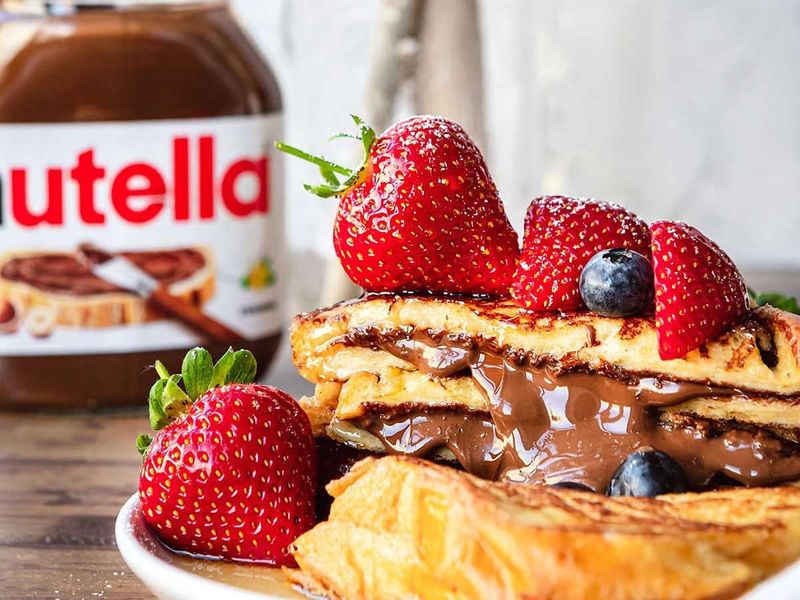
Chocolate for breakfast? Germans say ja! While not invented in Germany (it’s Italian), Nutella has been enthusiastically adopted into German breakfast culture, especially beloved by children and sweet-toothed adults alike.
Spread generously on fresh Brötchen or toast, this hazelnut-chocolate creation transforms ordinary bread into morning dessert. Some purists insist on applying it in perfectly even layers with dedicated Nutella knives, while others create artistic swirls and patterns.
15. Smoked Fish
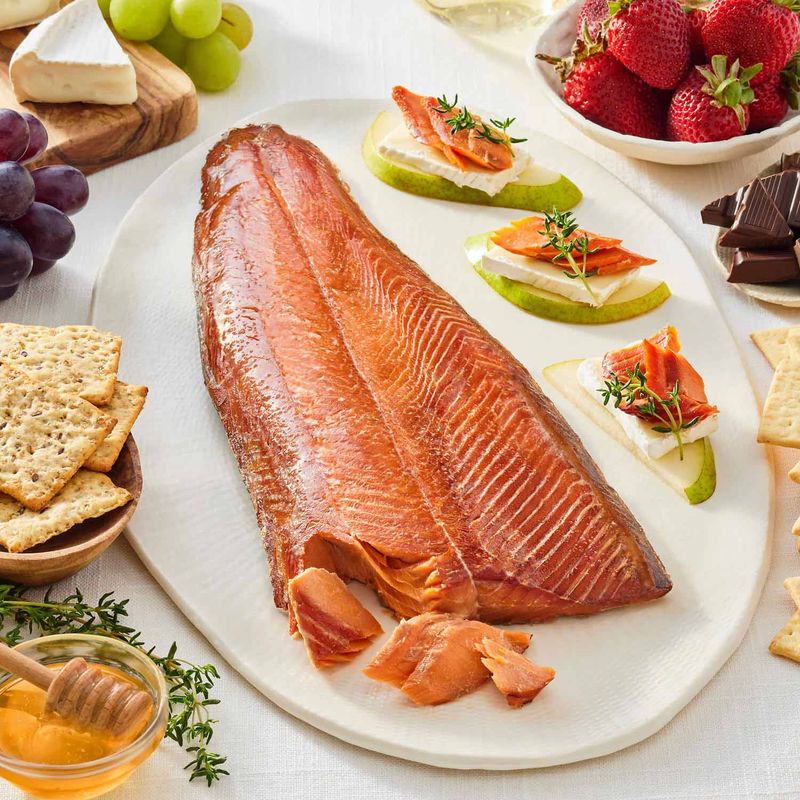
Smoked to perfection and glistening with flavor, Räucherfisch brings the North Sea directly to German breakfast tables! Particularly popular in northern regions, smoked fish—including herring, mackerel, and salmon—offers a protein-rich alternative to meat cold cuts.
Typically served thinly sliced and arranged on small plates, the fish might be accompanied by horseradish cream, lemon wedges, or dill-infused cream cheese. The smoking process varies by region, with some areas preferring intense flavors while others opt for more delicate smoking techniques.
16. Brezel
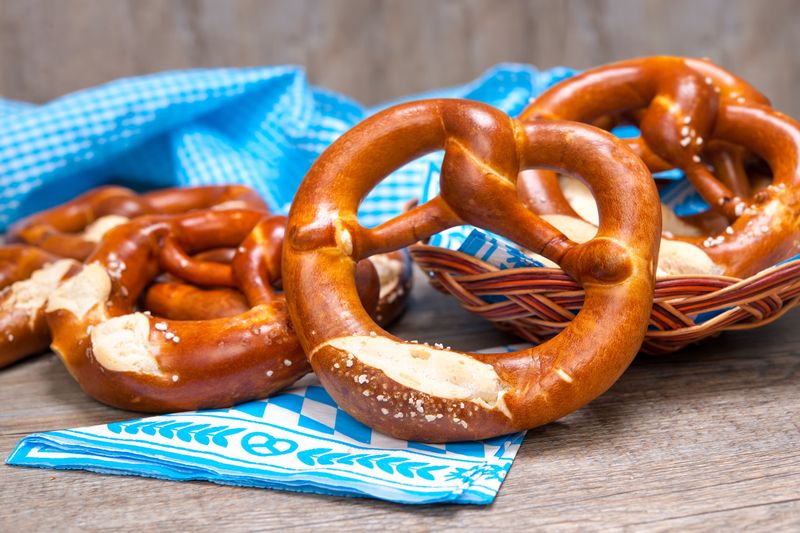
Those gorgeous, glossy knots of doughy perfection aren’t just for Oktoberfest! Brezeln (pretzels) make regular appearances at German breakfast tables, especially in southern regions like Bavaria and Baden-Württemberg where they originated.
Unlike soft American mall pretzels, authentic German Brezeln feature a distinctively chewy interior encased in a mahogany-colored crust achieved through a lye bath before baking. The characteristic knot shape isn’t just decorative—it creates different textures throughout the pretzel, from the crispy thin sections to the doughy center knot.
17. Tea
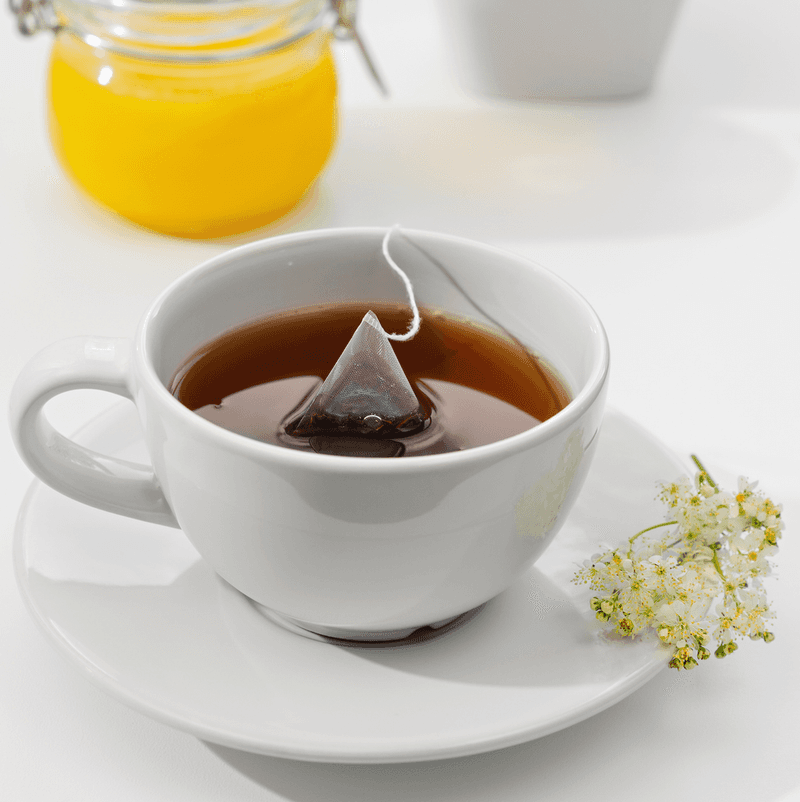
Forget the stereotype that Germans only drink coffee! In northern regions, especially East Frisia, tea culture rivals anything found in England. East Frisian tea service follows strict traditions—strong black tea poured over a Kluntje (rock sugar) that crackles dramatically, then topped with a small cloud of cream.
The proper technique creates three layers in the cup: dark tea, white cream, and amber sugar dissolution. Stirring is considered uncouth—instead, sip through the layers to experience the flavor progression. Special rock sugar tongs and cream spoons are treasured family heirlooms.
18. Fruit Juices
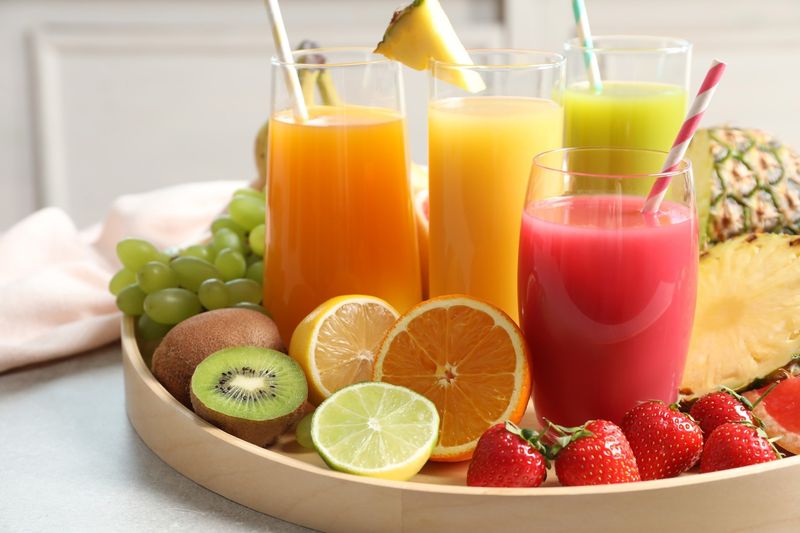
Liquid sunshine in a glass! Germans take their breakfast juices seriously, preferring fresh-pressed varieties with no added sugars or preservatives. Apfelsaft (apple juice) reigns supreme, but orange, black currant, and multivitamin blends are breakfast table mainstays too.
Unlike American breakfast juice traditions that favor only orange juice, Germans embrace seasonal variety. Summer might feature rhubarb juice, autumn brings quince or pear, while winter tables might offer hot berry juices similar to non-alcoholic mulled wine.
19. Weißwurst
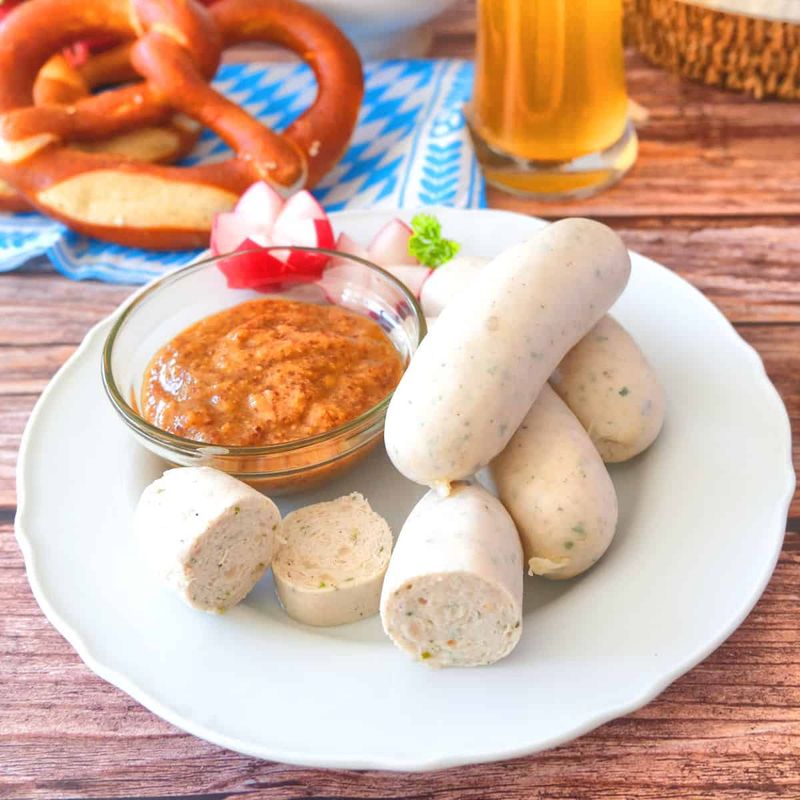
Never eaten after noon! This quirky rule governs Bavaria’s iconic breakfast sausage—Weißwurst (white sausage). Made fresh each morning from veal and pork, these pale, plump sausages are gently simmered rather than fried or grilled.
The traditional serving includes a special sweet mustard (süßer Senf) with a distinctive honey-spice profile found nowhere else in German cuisine. Proper Bavarians enjoy them with freshly baked pretzels and wheat beer—yes, beer for breakfast is perfectly acceptable when eating Weißwurst!
20. Streuselkuchen

Who says you can’t have cake for breakfast? Germans certainly don’t object! Streuselkuchen—buttery cake topped with crumbly streusel—makes regular appearances at weekend breakfast tables, especially during family gatherings or special occasions.
Unlike American coffee cakes, authentic Streuselkuchen isn’t overly sweet. The delicate balance of butter, sugar, and spices creates a breakfast-appropriate treat that pairs perfectly with morning coffee. Regional variations might include fruit fillings like apple, plum, or sour cherry between the cake and streusel layers.

